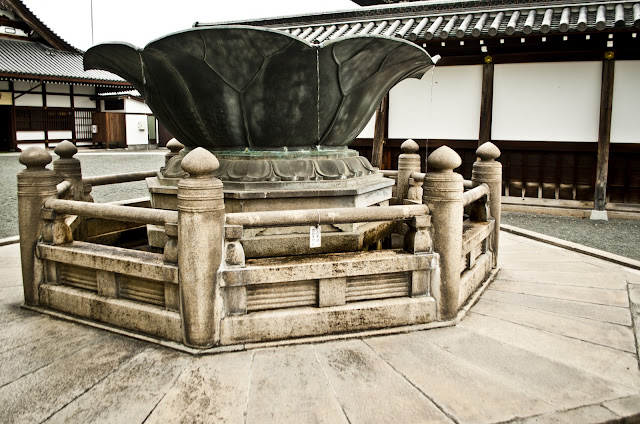I mentioned in my last post some common stereotypes and what my previous (ignorant) perception of Japan was a few years ago. I also mentioned that living abroad has been one of the most enriching and educational experiences of my life thus far.
The first year of living here in Japan was-by far-one of the
most intimidating things I have ever undertaken. Moving to a country I knew next to nothing
about, and of which I could not speak, read, or write the language.
Moving to Japan was one of the best things I have done. My world-the way I perceive much of life-has
changed a significant amount. It has
been extremely difficult. Most of my
time in Japan I have been outside of my comfort zone. I feel this is the single biggest reason for
my growth as a person. I have had no
choice.
One of the greatest growing experiences in Japan has been
Karl’s and my decision to live with a host family during our time studying
Japanese. This was true immersion. The family with whom we stayed knew almost no
English, but that, of course, was the point.
We were there to learn Japanese.
And learn we did.
We were forced to express ourselves using the best Japanese
we could. Dictionaries were our constant
companions. But we learned more than
just the language. We experienced a
typical Japanese lifestyle. The thing I
loved most about this was mealtimes.
Everyday our host family provided breakfast and lunch for
us. We always helped and consequently
learned about cooking some Japanese food.
I also had the opportunity to teach my host mother how to make
bagels. It was a good challenge and a
new way in which to use Japanese.
 |
| Okonomiyaki made by our host mother. I usually don't care for it, but this was delicious! |
Our host father was a great fisherman. Fresh, delicious sushi!
Because we kept commenting on how lovely their pottery was, they took us to Tokoname-a nearby place famous throughout Japan for pottery.



















































